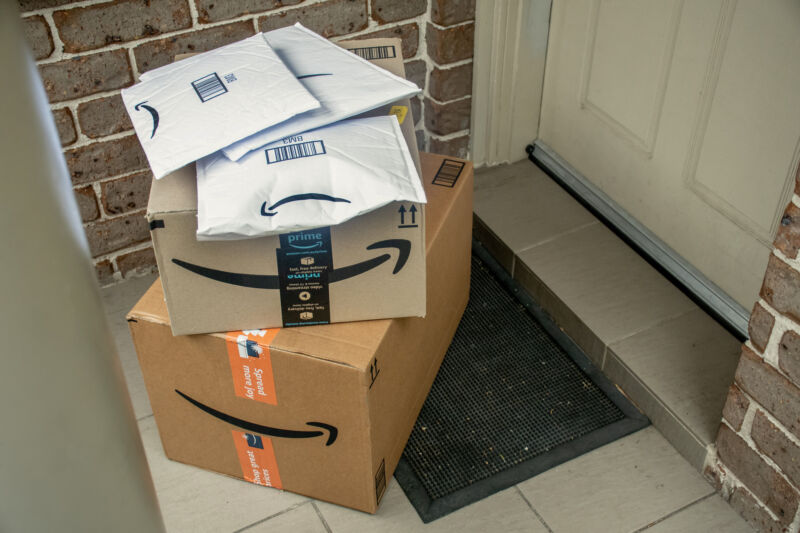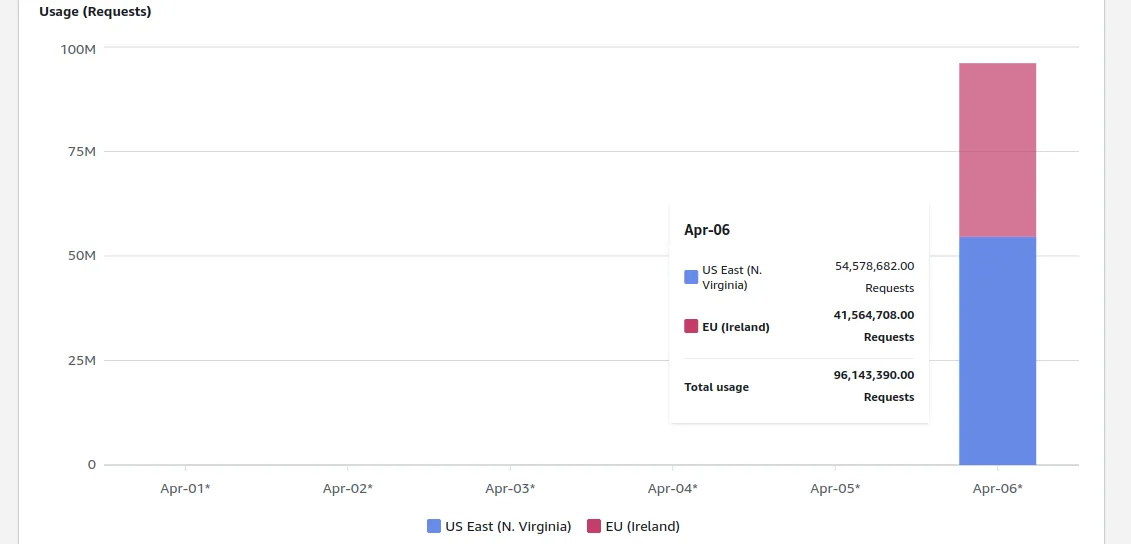Google’s $500M effort to wreck Microsoft EU cloud deal failed, report says

Google tried to derail a Microsoft antitrust settlement over anticompetitive software licensing in the European Union by offering a $500 million alternative deal to the group of cloud providers behind the EU complaint, Bloomberg reported.
According to Bloomberg, Google’s offer to the Cloud Infrastructure Services Providers in Europe (CISPE) required that the group maintain its EU antitrust complaint. It came “just days” before CISPE settled with Microsoft, and it was apparently not compelling enough to stop CISPE from inking a deal with the software giant that TechCrunch noted forced CISPE to accept several compromises.
Bloomberg uncovered Google’s attempted counteroffer after reviewing confidential documents and speaking to “people familiar with the matter.” Apparently, Google sought to sway CISPE with a package worth nearly $500 million for more than five years of software licenses and about $15 million in cash.
But CISPE did not take the bait, announcing last week that an agreement was reached with Microsoft, seemingly frustrating Google.
CISPE initially raised its complaint in 2022, alleging that Microsoft was “irreparably damaging the European cloud ecosystem and depriving European customers of choice in their cloud deployments” by spiking costs to run Microsoft’s software on rival cloud services. In February, CISPE said that “any remedies and resolution must apply across the sector and to be accessible to all cloud customers in Europe.” They also promised that “any agreements will be made public.”
But the settlement reached last week excluded major rivals, including Amazon, which is a CISPE member, and Google, which is not. And despite CISPE’s promise, the terms of the deal were not published, apart from a CISPE blog roughly outlining central features that it claimed resolved the group’s concerns over Microsoft’s allegedly anticompetitive behaviors.
What is clear is that CISPE agreed to drop their complaint by taking the deal, but no one knows exactly how much Microsoft paid in a “lump sum” to cover CISPE legal fees for three years, TechCrunch noted. However, “two people with direct knowledge of the matter” told Reuters that Microsoft offered about $22 million.
Google has been trying to catch up with Microsoft and Amazon in the cloud market and has recently begun gaining ground. Last year, Google’s cloud operation broke even for the first time, and the company earned a surprising $900 million in profits in the first quarter of 2024, which bested analysts’ projections by more than $200 million, Bloomberg reported. For Google, the global cloud market has become a key growth area, Bloomberg noted, as potential growth opportunities in search advertising slow. Seemingly increasing regulatory pressure on Microsoft while taking a chunk of its business in the EU was supposed to be one of Google’s next big moves.
A CISPE spokesperson, Ben Maynard, told Ars that its “members were presented with alternative options to accepting the Microsoft deal,” while not disclosing the terms of the other options. “However, the members voted by a significant majority to accept the Microsoft offer, which, in their view, presented the best opportunity for the European cloud sector,” Maynard told Ars.
Neither Microsoft nor Google has commented directly on the reported counteroffer. A Google spokesperson told Bloomberg that Google “has long supported the principles of fair software licensing and that the firm was having discussions about joining CISPE, to fight anticompetitive licensing practices.” A person familiar with the matter told Ars that Google did not necessarily make the counteroffer contingent on dropping the EU complaint, but had long been exploring joining CISPE and would only do so if CISPE upheld its mission to defend fair licensing deals. Microsoft reiterated a past statement from its president, Brad Smith, confirming that Microsoft was “pleased” to resolve CISPE’s antitrust complaint.
For CISPE, the resolution may not have been perfect, but it “will enable European cloud providers to offer Microsoft applications and services on their local cloud infrastructures, meeting the demand for sovereign cloud solutions.” In 2022, CISPE Secretary-General Francisco Mingorance told Ars that although CISPE had been clear that it intended to force Microsoft to make changes allowing all cloud rivals to compete, “a key reason behind filing the complaint was to support” two smaller cloud service providers, Aruba and OVH.
Google’s $500M effort to wreck Microsoft EU cloud deal failed, report says Read More »






















